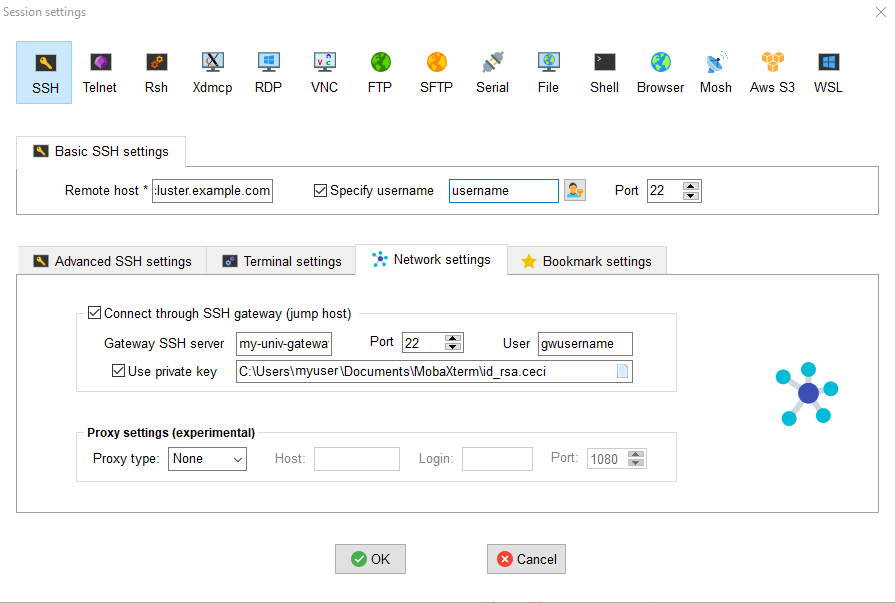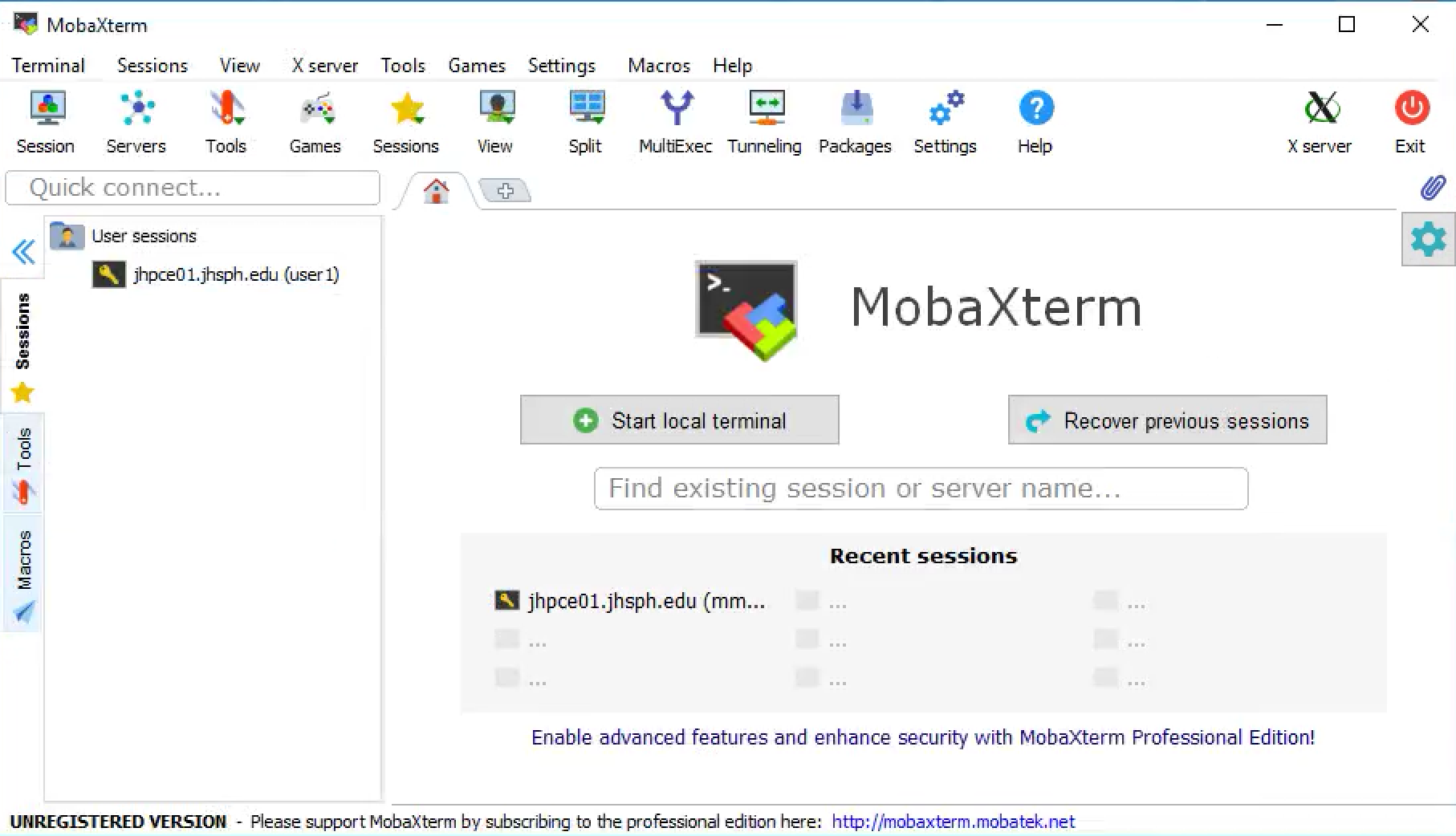

This can be important when some software may require compatibility between the the software's host and the ssh host. In some cases, connecting using the name river-01 may connect to the river machine and in other cases - to the pond machine(or rory). On our Huji CES network, the river public network is actually the name of three machines: river-01 pond and rory.

Now connecting to localhost:22222 will actually be connecting to river:22.

'-C' adds compression to the tunnel which is advisable if the user is connected using a not-so-fast connection. Ssh -CL 22222:localhost:22 river.cs.huji.ac.il To allow access to more advanced services inside of HUJI it may sometimes be useful to create a Tunnel, allowing a connection directly from the users machine to whatever internal service they are seeking running over the encrypted channel created by SSH.Ī nice graphical display of what happens when tunneling can be found here:Īs an example we will deal with SSH/SFTP, if a user wants to create a tunnel from port 22222 on their station to SSH on **river** their connect command would look like this: Ssh -CY ¶ Tunnels - To access some more advanced services of HUJI Ssh -CX Windows shell you'll have to set the DISPLAY environment variable (after running Xserver application) and then connect with '-Y' switch: To allow X forwarding add '-X' or '-Y' to the connection command:

On Mac OS X, you first need to run X11 (install Xquartz from and run it).For example home DSL connections are usually not enough for a smooth experience, however speeds like the links between HUJI campuses are. Please note that this requires high connection speeds to work at a usable speed. If the host you are connecting from supports the X11 protocol (most *nix system, special programs on Windows) it is possible to start graphical programs on the server and see their windows on your machine. Ssh ¶ X11-Forwarding - For running graphic programs (On Linux or Mac - open a terminal, on windows - open PowerShell)


 0 kommentar(er)
0 kommentar(er)
